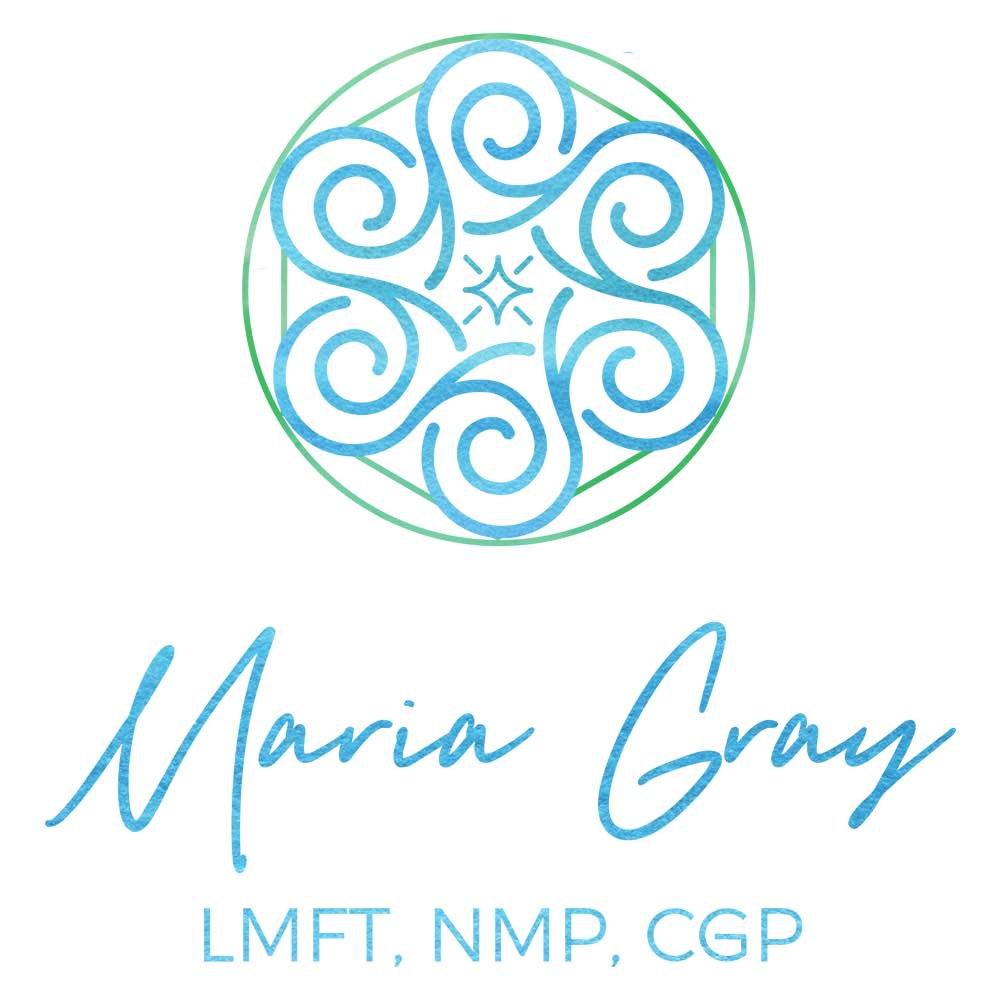Throughout the pandemic therapists have been engaged in social media debates about when/how to return to in-person sessions with their clients. I’m writing my article after watching a video where the Executive Director of CAMFT, Nabil El-Ghoroury, PhD, CAE weighed in about seeing clients in-person during the quarantine. He suggested we carefully consider the decision and cautioned his readers not to pressure themselves into making a hasty decision. El-Ghoroury stated that he planned to continue to see clients via telemedicine through Labor Day and would revisit his choice at that time. After watching his video, I took some time to reflect on the logistics of in-person sessions; my feelings about it deserve a separate blog post.
I knew I wasn’t ready to return yet, but I wanted to consider my options for the future and writing this post helped me gather my thoughts. The first question was masks. Right now, I wear a mask when I am out in public, except for my early morning runs when very few people are outside and the world seems almost normal. The thought of wearing a mask does not feel conducive to my work as a trauma therapist, where facial expressions help me attune to what’s happening inside of my clients and my face helps regulate their nervous systems. Some of my clients choose not to wear a mask, how would that work?
I’m concerned that my clients’ journey from their cars to my therapy room could be activating. We have seven offices in our suite and approximately twenty other suites in our large, three-story building. As I considered the entrance to the building, keypad, and elevators, I realized that on the way to my office my clients could encounter people who might not be wearing masks or practicing social distancing; I wondered how these encounters might impact their sessions, there would certainly be “grist for the mill.”
Antibacterial wipes would be available at the entrance to the suite. Once they made it to my office, clients could text me to bypass the waiting room and I could meet them in the outer hall. How would we handle it if another person’s client was walking out when I was escorting my client in? There is no way to stagger the schedules of seven clinicians, even if we all started and ended our sessions precisely on time, which is never going to happen.
Once we made it to my office, I imagined my chair being six feet away from my client, which feels way too far. To handle the credit card payment I’d have to roll my chair over to my client, and once they handed me the card I could swipe it, show them the amount on the screen and sign for them. Once I gave the card back, we could have another round of hand sanitizer. I realize I can keep a credit card on file, however, the fees are significantly more expensive, and it eliminates the chance to explore any potential financial transference as the client pays for their session.
I decided to ask my doctor for some recommendations, and she strongly recommended that I wear a mask at all times and require my clients to wear a mask. She advised me to wash my hands frequently and use antibacterial hand disinfectant with 70% alcohol. She told me to avoid touching my face and to wash my hands after touching any door handles.
Writing this article has helped me see that there is no magic business process that will allow me to feel perfectly comfortable returning to in-person sessions. We all have different opinions about this issue, and it can feel adversarial when colleagues communicate their judgment on social media. Writing this article has led me to decide to continue to practice telemedicine (via ZOOM) for now. Although it presents some challenges, I have been able to do important, clinical work during this time. Two weeks ago, I returned to the comfort of my air conditioned, quiet office, away from the many distractions at home and the noise of my neighbor’s bathroom remodel. I’m wearing my mask, washing my hands and using antibacterial wipes on the door handles. My doctor’s suggestions proved to be helpful as I navigated the reentry process, sharing a restroom and elevators with other people.
I will continue to reevaluate my decision as I learn more about the Covid-19 virus. I know there is no perfect solution, but it’s clear to me that I don’t want to do therapy with a mask on and I am not willing to risk my health or the health of my clients in order to see them in person. I’m interested in your ideas about this and would welcome a discussion.






